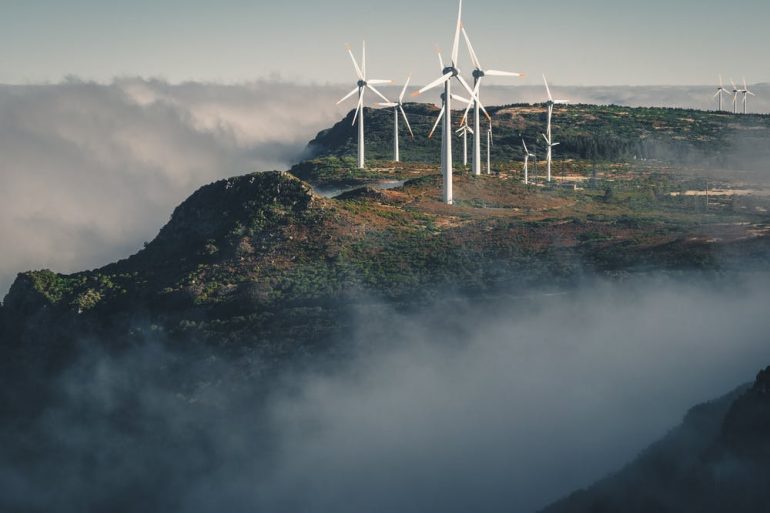
Alternative energy is generated by obtaining a natural process such as sunlight or waves. They are the most environmentally friendly sources of electricity.
Solar Energy
Sunlight is a natural resource, and capturing the sun’s energy is the most direct way to use it. To turn the sun’s energy and light into heat, a number of solar energy technologies are used, including electricity, hot water, heating, and (ironically) cooling systems for businesses and industry. Solar installations have largely begun to spread into suburban areas in recent years, with the government providing incentive schemes to make “green” energy a more financially viable choice.
Hydrogen Gas
Hydrogen, unlike other types of natural gas, burns perfectly cleanly. When used, hydrogen gas cells emit only water vapour and warm air once they have been formed. The main drawback of this renewable energy source is that it is mostly derived from natural gas and fossil fuels. As a result, it could be argued that the emissions generated in the process of extracting it outweigh the benefits of its use. This is mitigated by the electrolysis process, which is needed for the separation of water into hydrogen and oxygen. Electrolysis, on the other hand, also falls short of the previously described methods for extracting hydrogen, despite ongoing research into making it more reliable and cost-effective.
Wind Energy
Wind farms use turbines to harness the energy of the wind and turn it to electricity. Wind energy conversion systems come in a variety of shapes and sizes. Single-wind turbines are used to complement pre-existing energy industries, while commercial-grade wind-powered generation systems may power a variety of organisations. Utility-scale wind farms are another option. In recent years, this method of energy generation has grown in popularity. It has many of the same advantages as many other alternative fuel sources in that it uses a renewable resource and produces no waste. Wind energy is a renewable energy source, meaning it does not pollute the environment in the same way that other sources of energy do. Wind energy does not emit carbon dioxide or any other toxic products that can damage the atmosphere.
Ocean
Thermal and mechanical energy can be generated by the ocean. Warm water surface temperatures are used to produce electricity in a number of applications using ocean thermal energy. The ebbs and flows of the tides, which are generated by the earth’s rotation and gravity from the moon, are used to produce ocean mechanical energy.
Biogas
Biogas is made up of methane, carbon dioxide, hydrogen, and hydrogen sulphite, with methane being the most important component. The anaerobic degradation of animal and plant wastes in the presence of water produces biogas. Anaerobic degradation is the process of bacteria breaking down organic matter in the absence of oxygen. It is a low-cost, non-polluting, renewable fuel that is ideal for rural areas.
